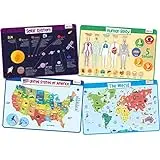Family dinners are a wonderful chance for emotional connection, hearing about each others’ days, discussing current events, enjoying nutritious meals, and also helping your kids to solidify concepts learned at school. Here are some great ways to create opportunities for fun and engaging learning at the dinner table.
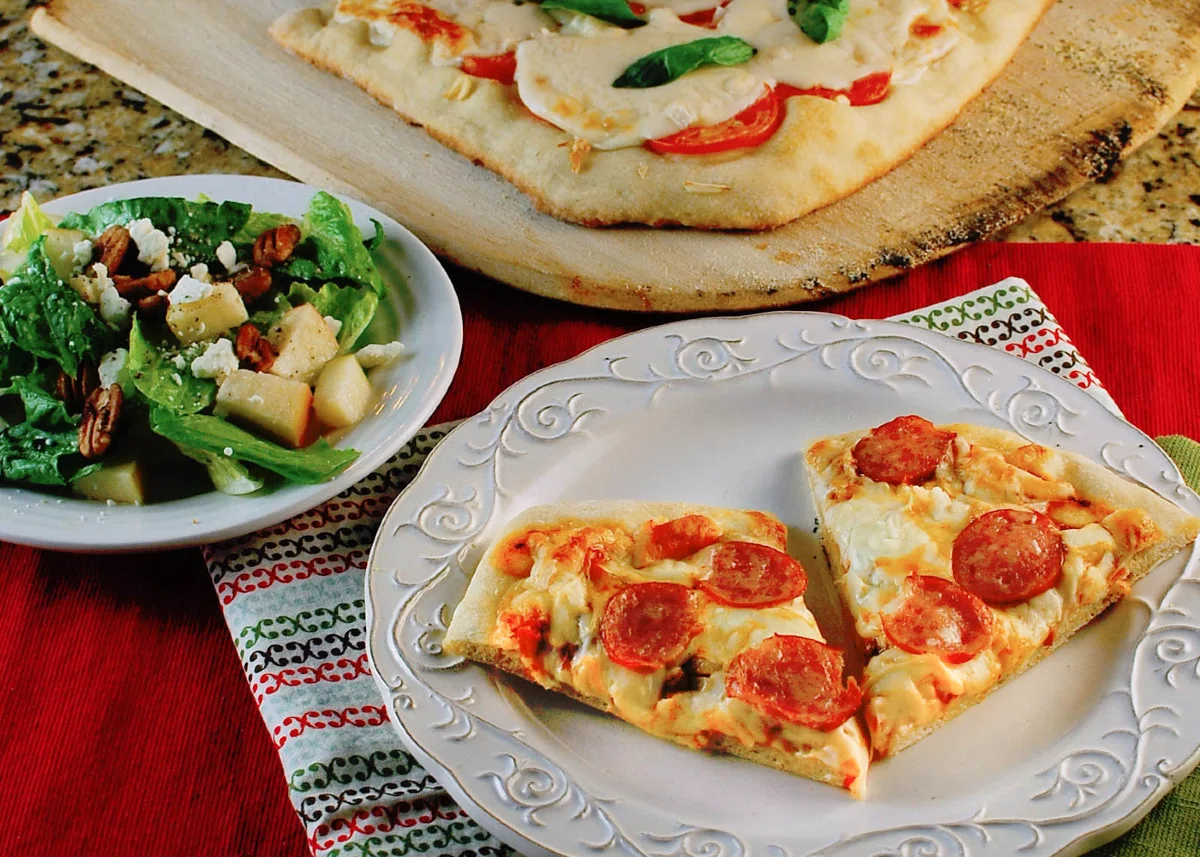
Note: This page contains affiliate links. If you purchase a product through these links, your cost will be the same but The Scramble will receive a small commission. I only link to products I personally use, trust, and love. If you want to learn more, please check out my disclosure page. Thanks for your support!
As you know, I am passionate about the many benefits of family dinners. One such benefit that is often overlooked, however, is how family meals can be used as an opportunity for fun and engaging learning with your kids. Through games, questions, and even some fun placemats you can introduce and solidify math concepts, vocabulary, and much, much more.
But first, two caveats. One of the most important aspects of family dinners is strengthening our emotional connections with one another. So I would encourage you to start every meal with a check in about peoples’ days. Allowing that time for sharing is so important.
And just as we want avoid battles over the food being served, we also don’t want the lessons taught to become fraught or tense. So do your best to make these educational moments fun and engaging rather than a time for kids to prove themselves.
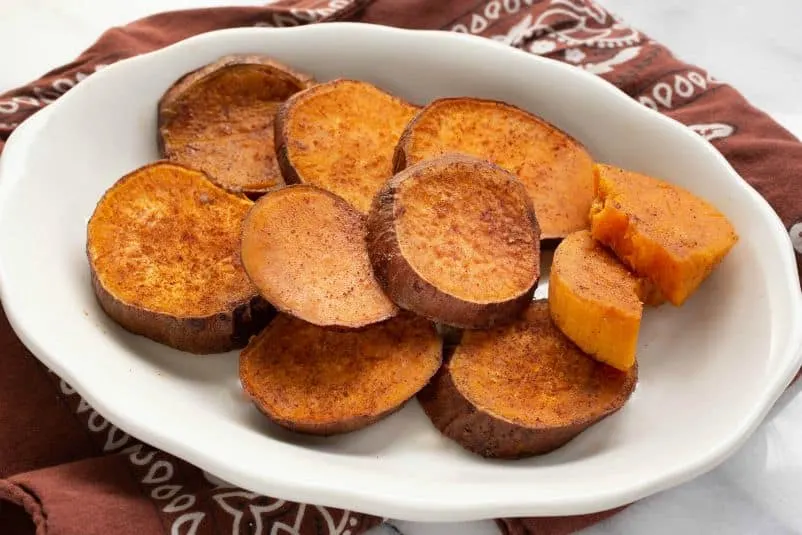
Learning through food
One of the simplest and most engaging ways to encourage learning at the dinner table is to use the food you are serving as the educational tool itself.
Math with food
If you’ve got younger kids, you can work on counting and numeracy (the ability to understand and work with numbers) skills. For instance, you could ask them to count how many slices of sweet potato are on their plate or you could work on understanding units by having different kinds of food represent different units. On a breakfast plate, for example, blueberries could be ones, bacon strips tens, and toast hundreds.
In addition, you can use these same foods to work on addition and subtraction. “If we have 16 strawberries in the bowl and you eat 4 of them, how many will there be left for the rest of us to share?”
As kids get older, using pies, cakes, or casseroles to visually talk about fractions can be a concrete way for them to understand these concepts (especially if they are adamant about things being fair).
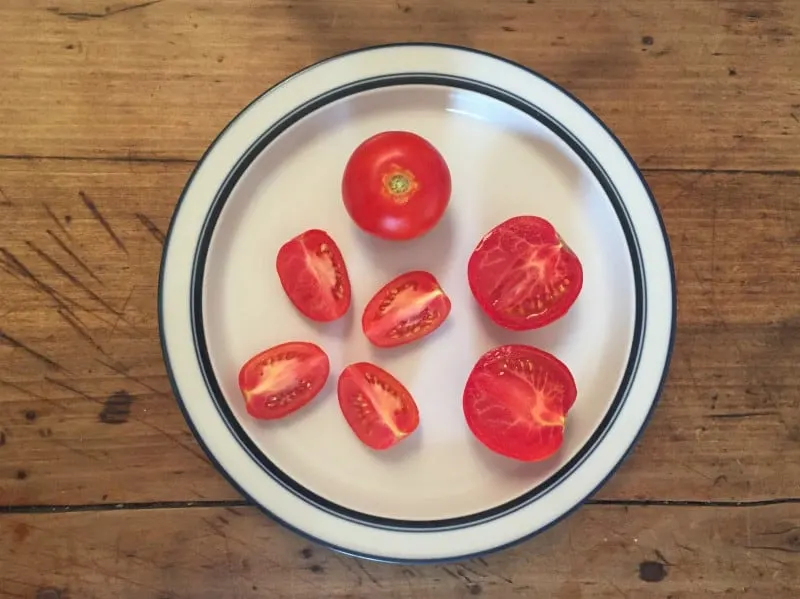
Colors and shapes
The food on our plates is also a great way to work on color and shape concepts with preschoolers. From the colors of fruits to the shapes of pastas, fruits, and more, all of these can be opportunities for quizzing games or even rounds of the “I spy” game.
Expanding vocabulary
As you enjoy a meal together, try to use different words to describe the food. By having a sensory experience that is tied to the word, kids are more likely to be able to remember what it means. For little kids you may be using words like crunchy, salty, chewy, and smooth. For older kids words such as succulent, delectable, and enticing might be fun to introduce.
Explore different cultures
Even if you can’t travel to far and distant lands, you can explore their cuisines and cultures! One fun way to do this is to pick a country of the month (or week) and then make a meal from that country. If you want to dig in further you can listen to music, watch movies, read children’s books, and research famous people from that place. If you want inspiration for this, check out our free Scramble World Tour printable!
Using Fun Resources
When my kids were little, a friend gave us some educational placemats. I’ll be honest, when I first saw them I did an internal eye roll, but my kids immediately fell in love and pretty soon they were a frequent source of educational conversation at the dinner table.
Learning geography
My kids especially loved the map placements and they were a source of many great conversations. On the world map we could show how far their favorite mango had to travel to reach us and we could share stories from countries we had traveled to. Similarly, on the map of the United States we were able to talk about where our food came from, different states we had been to as a family, how far away family members lived, and more.
We’d also play seek and find games like, “can you find four countries that end in the letter ‘y’?” and “can you find the biggest state in the country? How about the smallest?”
Learning history (and trivia)
My kids also loved the mats with pictures of the presidents. They’d look to see how many presidents my husband and I had been alive for, they’d marvel at the beards and hairstyles, and we’d share information about important things that happened in our country’s history depending on the president they were focusing on.
Similarly, when my youngest was completely truck obsessed, he would spend hours looking at the different trucks on his mat and we would use it as an opportunity to also work on colors (“can you find the yellow truck?”) and letters (“which truck starts with the letter ‘B’?”).
Read Aloud Dinners
When my kids were little, on the nights when my husband would get home too late for dinner, the boys and I would chat for a while and then I would read whatever chapter book we were reading aloud at bedtime during dinner. This was one of their favorites! It gave them more story time and felt like a special treat.
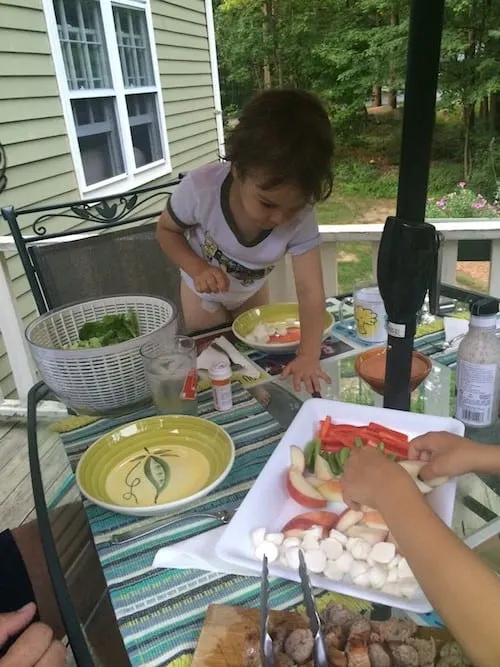
Engaging with Nature
When the weather’s nice, if you have the opportunity, eat dinner outside or on a porch. Rustling leaves, the chirping of birds, and even the changing light can all be ways to talk about the change of seasons, different animals, climate change, and more.
Current Events
Now that my kids are older, we spend a lot of time at the table talking about current events. My husband and I see it as an opportunity to share information about what is happening in the world in developmentally appropriate ways, answer questions, and share historical context that might be helpful. After all, this is their world, too!
Do you have fun ways make dinners an educational experience? I’d love to hear about them in the comments!
Want more fun ideas for dinner? Check out our post Family Dinner Can Be All Fun and Games!

